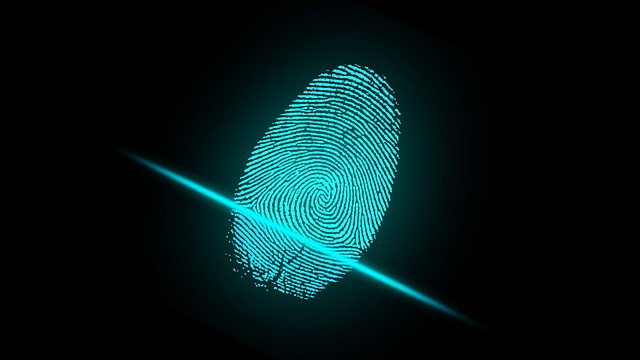DNA fingerprinting is a major part of forensics as it is used to to identify individuals on the basis of their DNA. Since DNA is exclusive to one person, it can be used to identify him or her. This makes DNA useful not just in case of crimes, but other procedures as well. However, the term DNA fingerprinting is mainly used in labs to identify criminals with the help of DNA.
DNA can be collected from hair, skin, saliva or semen as DNA is present in every cell of the body. Every person’s DNA is unique and there’s only a 1 in a 64 billion chance that two people have the same DNA; the chances however are higher when two people are identical twins.
Here’s how Forensics use DNA fingerprints:
Extracting The DNA
The forensics department extracts DNA from a human body by simply using a swab on their skin to collect the DNA. In case of criminal activities, the DNA can be found in various forms such as blood, saliva, hair etc on the crime scene.
Cutting The DNA
After collecting the DNA sample from skin, hair, saliva or semen, the DNA is then cut into segments because it is present in the form of long strands. This technique is called Restriction Fragment Length Polymorphism and it involves using special restriction enzymes to cut down long strands into smaller ones so that they could be examined easily.
The sequence of the DNA is important for the forensic scientists to determine what kind of DNA they are dealing with and the restriction enzymes help to cut the DNA in a sequential method.
Separating The DNA
The next step involves separating the segmented DNA with the help of a gel. It involves separating different sizes of DNA fragments that were created while cutting the DNA.
The gel is immersed in a liquid and electrodes are placed in the container to allow the electricity to pass. The power supply is then turned on, and the DNA fragments are passed into the container. The electricity takes the segments to the gel and separates them from one another into individual segments.
Finally, strong ultra violet rays are passed into the gel to check the lengths of the DNA fragments which normally look pink under UV rays. This process is called electrophoresis.
Visual Representation Of The DNA
The fragmented DNA strands are then visually presented by a process called autoradiography. In this process, the gel containing DNA strands is dunked into acid to expose the DNA letters. It is then transferred onto a white nitrocellulose paper in a process called blotting. A radioactive probe is then added to make the DNA chunks visible. The probe attaches to the DNA fragments that have a matching sequence.
Producing An X-Ray
The probes which get attached to the DNA fragments appear as dark bands when an X-ray film is exposed on it and they can be matched with the DNA of another person.
If you check for available fingerprinting services, you will find tonnes of them there as the use of DNA fingerprinting in forensics is rapidly growing.

Leave a Reply